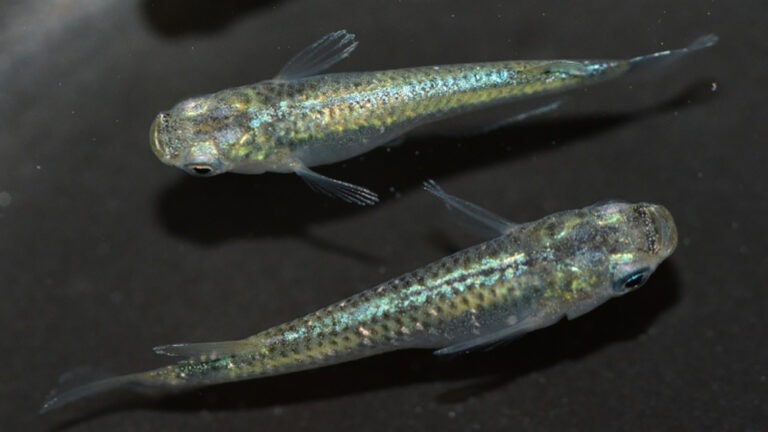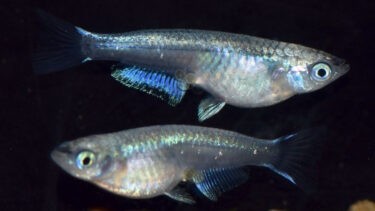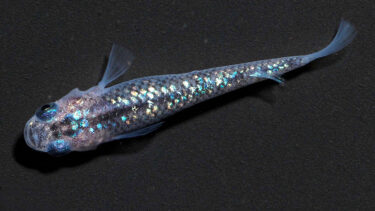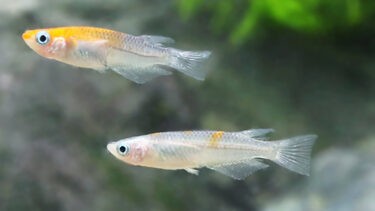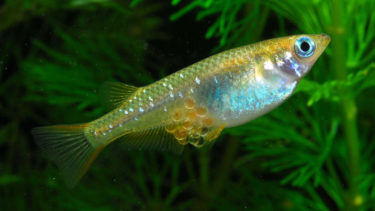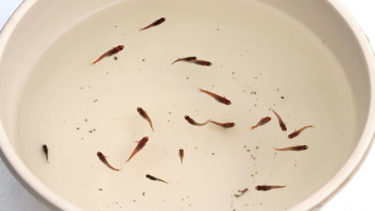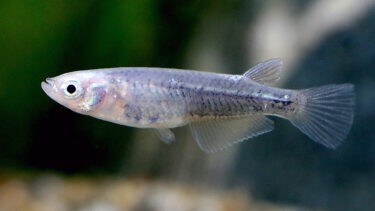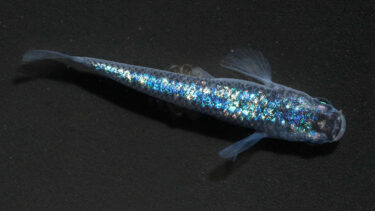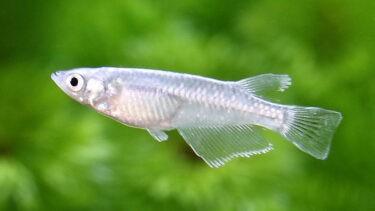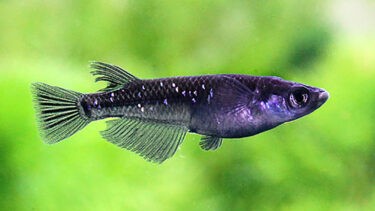The green-light killifish is a killifish that appears green due to the distribution of yellow spores on its blue body color. The green-light killifish is a new variety of killifish with a new shade of green. The green-light killifish has the same external light characteristics as the Bikan killifish and other species. In this article, I would like to explain in detail the characteristics of the green-light killifish and how to keep it.
What is Green Light Medaka?
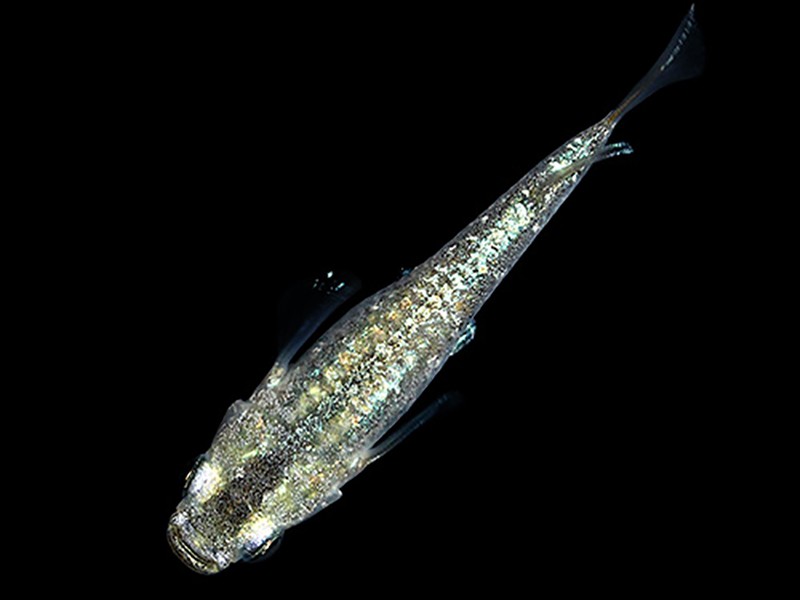
Green-light killifish is a killifish with a blue body color that appears green due to the distribution of yellow spores. There are several base shades of killifish, including blue, yellow, vermilion-red, golden, and amber. The newest of these killifish shades is green. It is often called "green light" (ryokko).For this reason, in recent years, they have been increasingly introduced in the media. Green-light killifish have the same external light characteristics as beautiful trunk killifish, and are very beautiful, which is one of the reasons why they are so popular.
Meteor killifish is a blue-colored killifish without a dorsal fin. The Meteor killifish is a variety that is able to express uninterrupted external light (light on the back of the trunk) by eliminating the dorsal fin, which is a drawback of the external light that is interrupted by the presence of a dorsal fin in normal trunked killifish [...].
Aurora killifish will be a blue killifish with translucent phosphorus. Translucent phosphorus refers to the intermediate between normal scales and transparent scales. Therefore, having both characteristics makes the body color appear somewhat transparent. Aurora killifish has the potential to change the future of killifish [...].
Origin of the green-light medaka
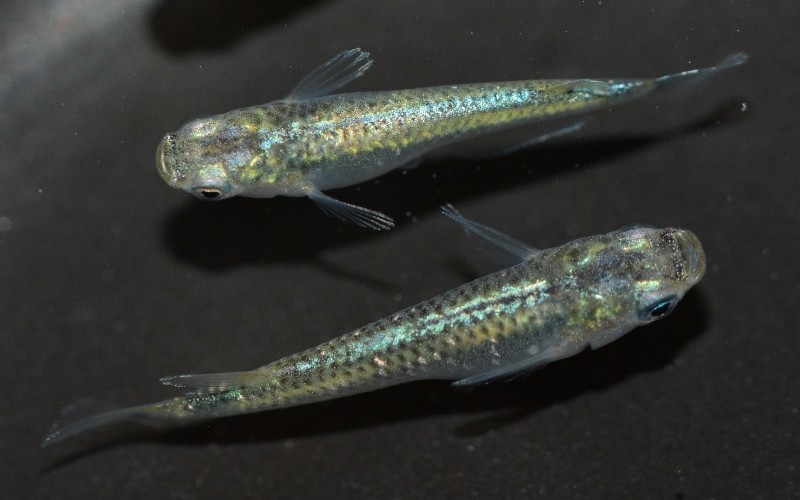
Green light killifish will be a killifish created in 2016 by Takato Kamimura of Shizuoka Prefecture and Ayaka Munemiya of Aichi Prefecture.It all started when Mr. Kamimura discovered a slightly greenish killifish in a container at a facility called "Green Veil" in Ichinomiya City, Aichi Prefecture, where killifish are kept. The greenish killifish was shared by Mr. Yamada from the "Green Veil. With the help of Mr. Munemiya of the popular medaka blog "Convex Medaka Conconcave," he tried to breed greenish medaka cumulatively. Since then, they have attracted a lot of attention.
The Yozakura killifish has yellow and black body colors with lame and translucent scales. The yellow and black body coloration makes it a distinctive variety that gives a very different impression depending on its coloration and intensity. Therefore, medaka that have "translucent phosphorus" lacking rainbow chromatophores and "lame" expressing rainbow chromatophores [...].
Female killifish (mebina medaka) have black and orange body colors with translucent scales. The lame medaka has a characteristic orange color that is a darker shade of vermilion-red and is described by the name "persimmon color". The yellow and black body colors are marked by coloration and intensity [...].
Points to keep in mind when mixing swimmers
About Mixed Swimming,Some people often think that killifish can only be kept in the same species, but the real appeal of killifish is in combining them. If you are not particular about this, you can mix any kind of killifish with any other kind of killifish.However, it is best to be careful with killifish of different body types (e.g., Dharma killifish and Hirena killifish). If killifish of different body types are mixed with killifish of normal body type, problems such as inability to eat food may occur. However, there are people who mix killifish of different body types with those of normal body types, so there is no need to be concerned.However, each type of killifish, which is considered a high-end killifish, has its own distinctive appearance and shine, so it is recommended to keep them in a way that allows the enjoyment of each individual (type) rather than keeping them in many different species.
Points about spawning
The point about spawning was explained in the above section that keeping a variety of species is the best part of keeping killifish, and having various species swimming together when spawning will naturally produce killifish with the characteristics of various species. However, that is not always a good thing. For example, mixing red and white killifish can produce pink killifish, but not necessarily red or white killifish, or in the worst case, killifish with a color that is hard to describe. If you want red killifish, you should keep only red killifish because the probability of producing red killifish is much higher,I recommend that you think about what kind of killifish you want when spawning and what color and shape you want your killifish to be born, so that you will have less regret and confusion when raising them and find your own way to enjoy them.If it is just a hobby, I think you will enjoy it more if you stick to the methods that you enjoy, regardless of whether people complain about them. The following page explains the method of spawning and points to note, so please read it as well.
Many people who keep killifish want them to spawn. However, not many people know about spawning and what they need to do to prepare for it. This time, we would like to explain the method of spawning and the points to be noted [...].
After the spawning is over, the fry hatch and are born. There are many things to take care of, such as the fry's food and precautions to be taken. In this article, I would like to explain how to raise the fry and what to do about it. The period of time until hatching is over when the spawning is finished and the eggs are [...]...
Points to keep in mind when keeping green-light killifish
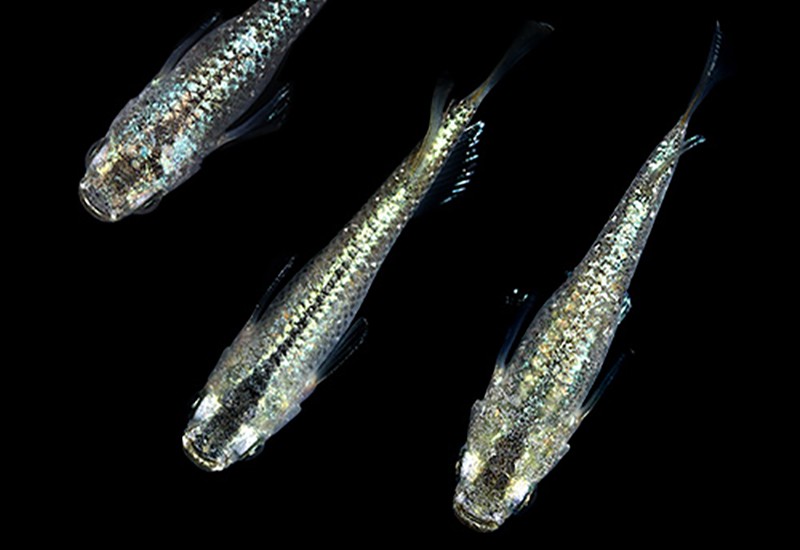
The green-light killifish is a killifish that appears green due to the distribution of yellow spores on its blue body color. In recent years, killifish have continued to evolve and many new body colors have emerged, including blue, yellow, vermilion-red, golden, and amber. Green has emerged as a new body color for killifish. The green-light killifish is a representative of this trend.There are two types of green killifish formation. One is brown with blue added and red weakened, resulting in the appearance of a green color like a greenish brown. The other is a mixture of blue and yellow, which gives the green color. While many green varieties are the former, green-light killifish use the latter method. It is sometimes said to have opened a new door for killifish. If you become interested in green-light killifish, I recommend that you take a look at them at a specialty store.

